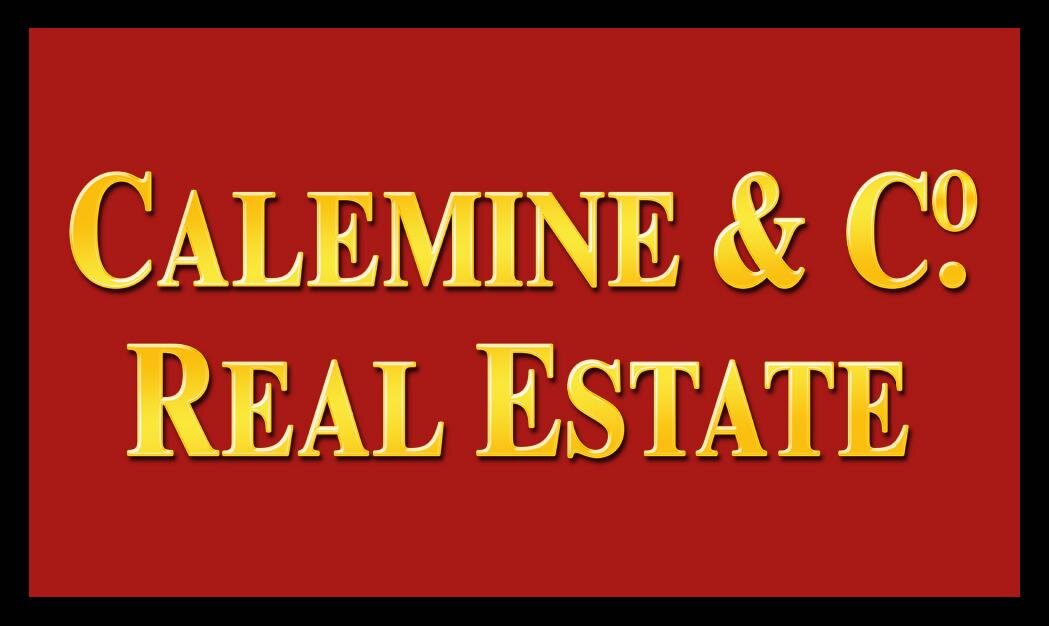Success Rate and Stop Ratio
AM 570 Podcast
Column from The Wave
How to judge a broker? Use Success Rate and STOP Ratio.
When a property owner makes the major decision to sell, it often, and understandably, comes with a great deal of stress. Legitimate questions include: What price can I expect? Who can I trust to properly market my most valuable asset? Who will represent my interests above everyone else’s? Who will deliver me the best possible results?
So many brokers paint an illusory picture of their resume and achievements, yet very few actually have the statistical track record to back up their shallow claims of success. Some even omit very important statistics while they boast of their results. As I’ve said before, the most important number a seller should ask brokers at the first meeting is neither the commission rate nor the listing price, it should be about the broker’s Success Rate. Again, that’s a simple ratio of total listings that broker personally brought to market divided by the amount of those particular listings that they successfully closed. Unfortunately, very few brokers track this ratio or even understand the importance of it.
When questioning and interviewing people, a lot can be learned not from what they say, but how they say it. Simply ask a broker how many of their career listings have expired unsold and watch them dodge the question and grovel. Undeniably, the most consequential number when listing is the asking price. That's why the second most important number to ascertain (and also a number that is essential to achieving a high Success Rate), is what I call "Sale To Original Price" Ratio (or "STOP Ratio").
There's a law of marketing that says maximum exposure equals maximum price. By overpricing a listing, the broker is inherently shrinking the pool of potential buyers and therefore reducing the final selling price. For example, buyers with a maximum budget of $1M will not likely even consider, let alone visit and offer on, houses in the $1.2M range. On the other hand, the real buyers with a budget closer to the unjustifiably inflated asking price will be very disappointed and unwilling to make any offer after visiting a $1M property pretending to be $1.2M. Making matters worse is that as the days go by, the market will inevitably view the listing as stale and possibly even having a defect. This will absolutely drive down the eventual selling price. It is sadly very common, especially in Rockaway, to see houses sell for 25-30% less than their original asking price.
Brokers know about sellers' instinctively erroneous desire to hear a high price and low commission during an interview. Rather than educate the potential client of the often fatal, and always costly, mistake of overpricing and under-commissioning, they agree to an absolutely unachievable asking price just to lock in the listing. Unfortunately, quantity of listings outweighs quality of listings according to common real estate practices. They'll generally say anything just to get a listing. Remember this though, a price reduction is an indication of fault and failure. I’m really not referring to a nominal reduction of 1-2% to recapture lost attention in a slow market. I'm talking about a relatively big price reduction, or series of reductions. That can only mean that the broker failed to properly educate themselves and the seller upon commencement of the listing. As a result, the market is misled and properties are devalued. STOP Ratio measures the destructive and lazy practice of habitual overpricing by brokers while Success Rate exposes their many listings that fail to sell. That's why you've never heard of these statistics. For the record, both numbers should hover around 100%. Anything less is inexcusable.

